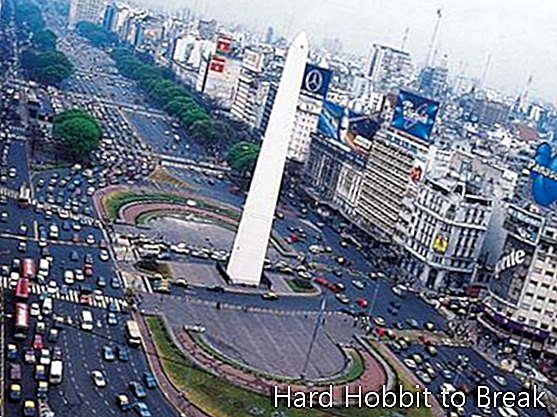
Nueve de Julio Avenue
Buenos Aires is the capital of the Argentinian republic and the second largest city in South America. More than 3 million inhabitants, is a very important urban center that extends to the right bank of the Río de la Plata. In a very well-known cultural center where you can find numerous universities, theaters, museums and libraries. In 2005 UNESCO chose this city as Design City although it should rather be the Soccer City. The passion for this sport is as impressive as in the rest of the country.
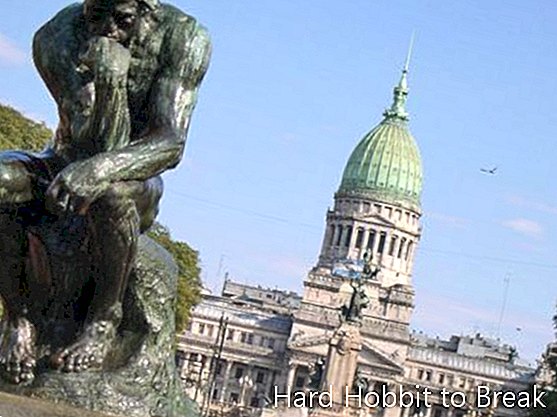
Congress Square
The weather it is moist temperate. The medium temperature It is usually 19 degrees and the average annual precipitation is 1147 mm. When it rains the most it is in summer. Despite the fact that in winter the sky is usually more covered, it is at that time that torrential rains of short duration are unloaded.
The summers They are usually quite warm, with an average temperature of 25 degrees in January although it can reach 35 degrees. In addition, the high humidity that is breathed usually makes the heat quite annoying and suffocating.
The winters They are mild, with an average temperature of 11 degrees in July. Few times the thermometer marks below zero. Snowfall is highly unlikely.
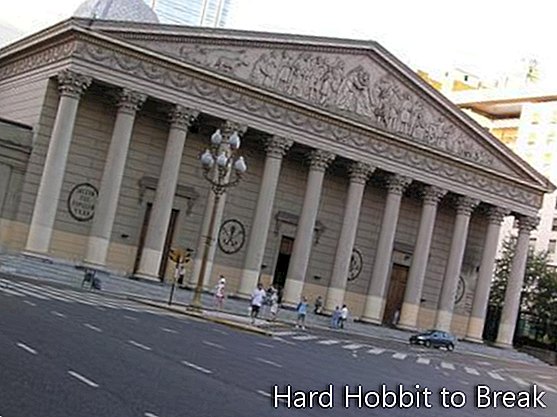
Metropolitan Cathedral
The city officially has 48 neighborhoods, some of them recently constituted. Its citizens are in a 45% men and 54% women. The demographic density is 13,679.6 / km2.
As for the economy it refers, the porteños live thanks to the services sector (73%) in which real estate, business and rental services take the cake. Another branch that has also grown a lot is the tourism. Since the weight collapsed, the number of tourists who have come to the city has increased greatly.
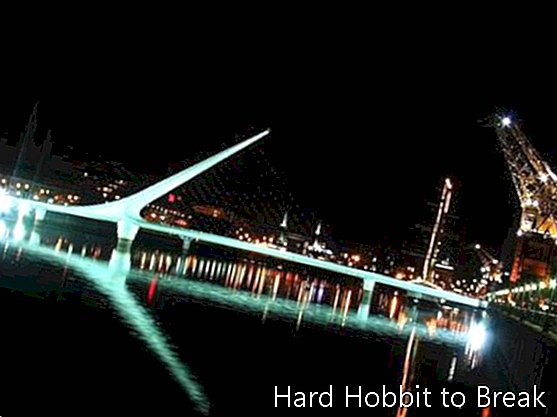
Woman's bridge
The theme of transportation it is quite delicate. Taking into account that Buenos Aires is a very large and quite populated city, the transportation and access system to the city has to be very complex to adjust to the needs of the city.
The most used means of transport is the collectiveWhich is what the buses are called there. Then comes the rail network. Finally, the Buenos Aires subway (that's what the metro is called) also has a lot of use.
The city's port is the largest in the country, an important maritime enclave.
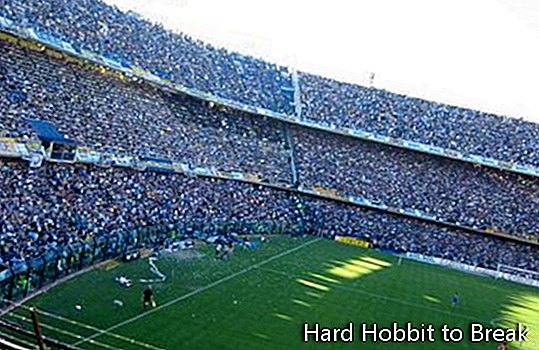
The Bombonera
As far as accommodation It refers, Buenos Aires has 17 five-star hotels, 53 four-star hotels, 42 three-star hotels and 64 two-star and one-star establishments. There are also 28 apart-hotels.
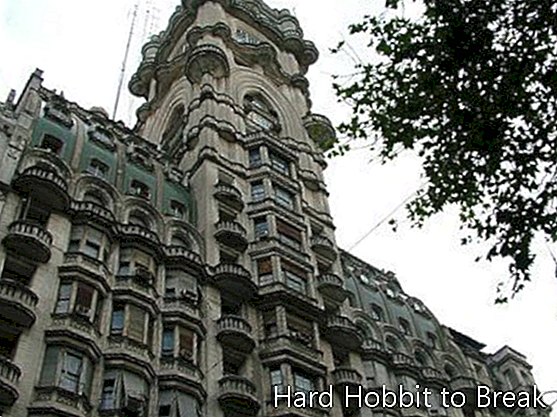
Barolo Palace
Places of interest you cannot miss
- Historic Center of the city
- Plaza Mayor (now Plaza de Mayo)
- Pink House
- Town hall
- Avenida de Mayo
- Apple of Lights
- House of Culture
- Barolo Palace
- Café Tortoni
- Plaza Dorrego
- National historical museum
- Lezama Park
- Frigate Presidente Sarmiento Museum
- Woman's bridge
- Congress Square
- Supply Market
- Metropolitan Cathedral
- Tres de Febrero Park
- Neighborhood of the mouth
- La Bombonera (soccer field of Club Atlético Boca Juniors)
- Space Tower (220 meters high)
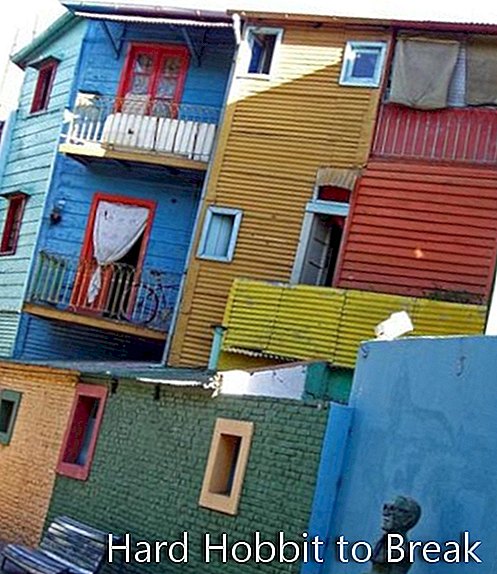
Neighborhood of the mouth
Buenos Aires Preserves Old Charm by Becoming a Smart City (April 2024)
- Buenos Aires
- 1,230
















